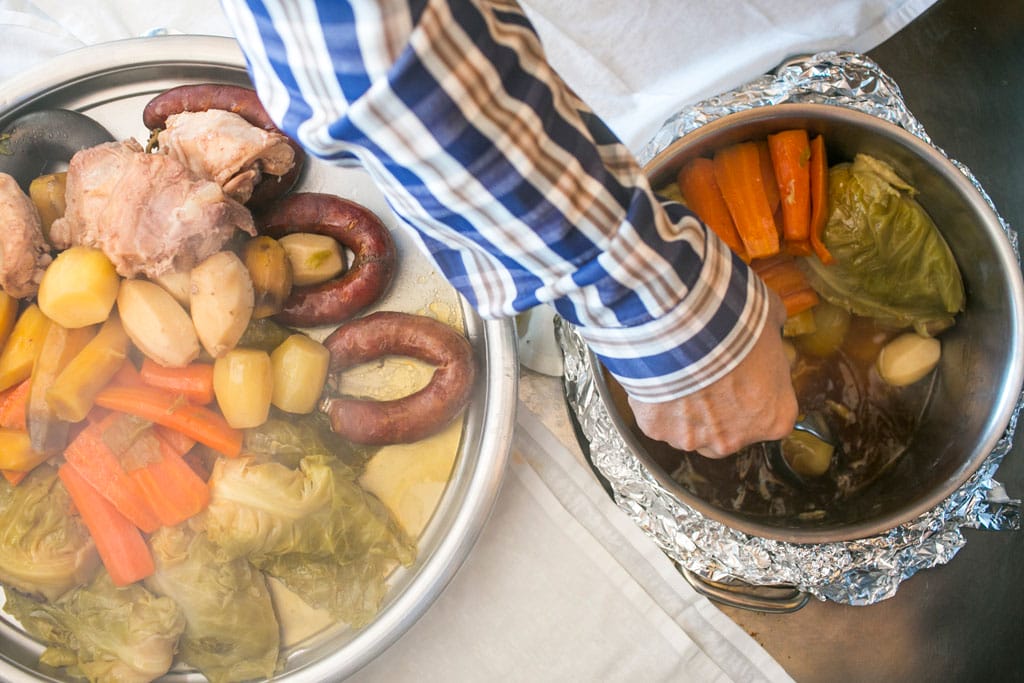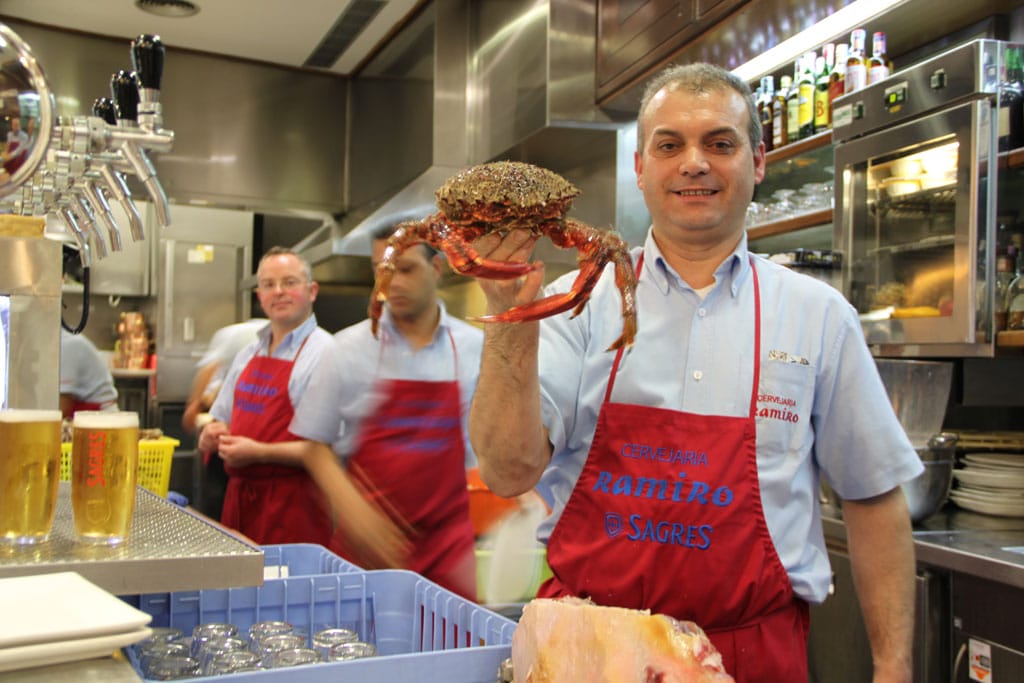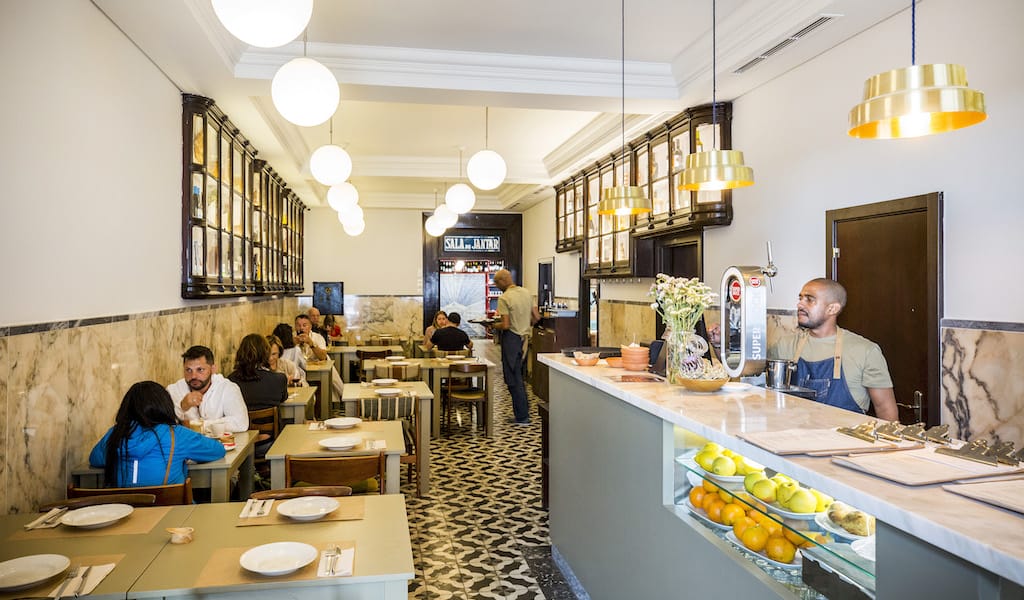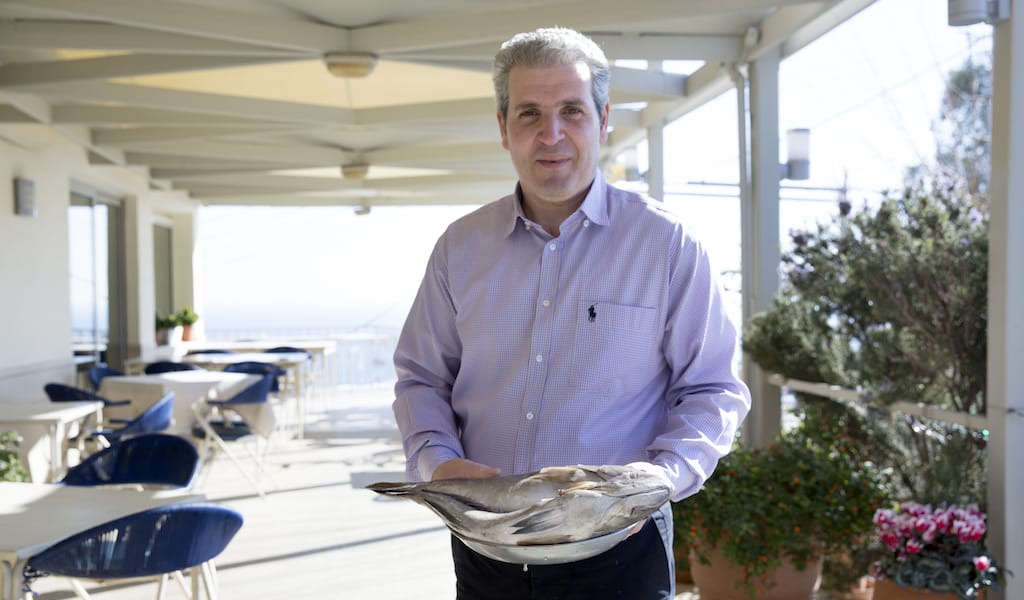Inside the humble municipal market building of an elderly neighborhood between Belém’s touristic spectacles and the sprawling Monsanto park is the oldest Azorean restaurant in the Portuguese capital. In non-descript Ajuda, with a view over Ponte Abril 25, this place transports Lisboetas with tastes of the remote and alluring Atlantic archipelago.
When Espaço Açores opened 10 years ago it was one of four restaurants in Lisbon serving the food of the Azores. The others have since closed, a fact that at first seems difficult to understand: food from these islands is incredibly good and more often than not reproduces traditional dishes from the mainland, albeit with considerably better ingredients.
More recently, however, new Azorean-focused stores that also sell food and dairy products have been been appearing downtown, thanks to a newfound interest in this faraway autonomous region.
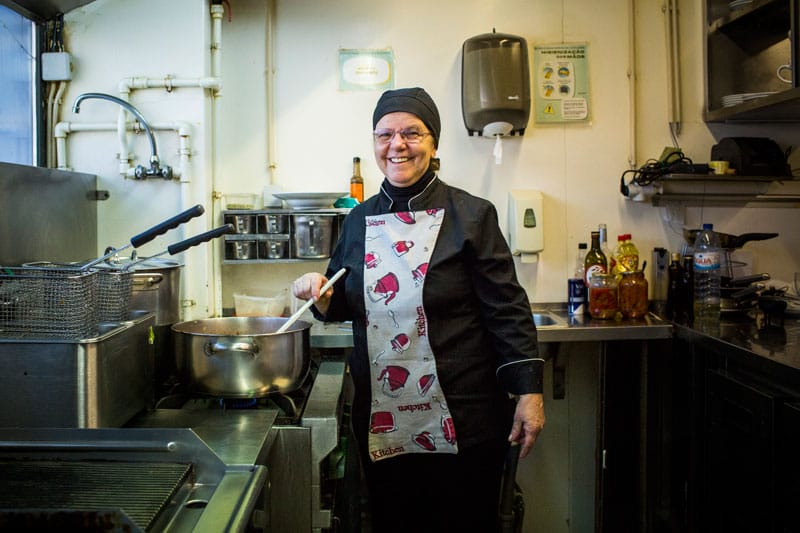
The nine Azorean islands were uninhabited until the 15th century, when ships from the kingdom of Portugal caught sight of them and sent settlers to stay. Recent findings of older cartography and ruins show that these volunteer settlers – sometimes accompanied by slaves – came predominantly from the mainland regions of Algarve, Alentejo, Beira-Alta, Entre-Douro and Minho. They adjusted their lives to the new land, cultivating and transplanting the culinary habits of their original home and adapting them to the archipelago’s capacity. This might explain why people from each of these remote islands are so different, especially when it comes to food traditions. The island of São Miguel had many settlers from Alentejo, so the food often contains hot chili peppers (similar to the Alentejana piripiri). Terceira’s traditional dish is chanfana, a typical goat stew from Aveiro, made with red wine and bay, but on the island it’s made with beef instead.
Espaço Açores’s menu represents all these adaptations, as well as unique specialities, such as a sumptuous tuna steak, beloved lapas – local limpets – and the renowned cheese from São Jorge. The best day here is Thursday, when Maria do Carmo and owner Alfredo Alves serve up their special buffet offering many of these variations. The starter is composed of local sausages such as linguiça and morcela (blood pudding), spicy chili potatoes and stewed beans accompanied by a slice of ananaz (Azorean pineapple). Then comes a series of other emblematic dishes such as “Jew fish” (a type of grouper) soup, tuna filet (grilled in famously delicious Azorean butter) with sweet potatoes, wine-stewed octopus and, if there’s still room, dessert.
“Our customers are those who visited the Azores and miss its food – especially young people who fly there to see the whales or to climb the volcano,” says Alves, referring to Pico, the island where he comes from. The main attractions there are the stunning volcano, which is the highest peak in Portugal, and whale-watching on boats once used for hunting the big cetaceans. These lush and sparsely populated islands are getting more and more summer visitors, but are otherwise largely undisturbed. “Before moving to Lisbon I had a five-star restaurant on the little island of Faial, but we were effectively working only three months per year,” he said. “Winter is just for locals there.”
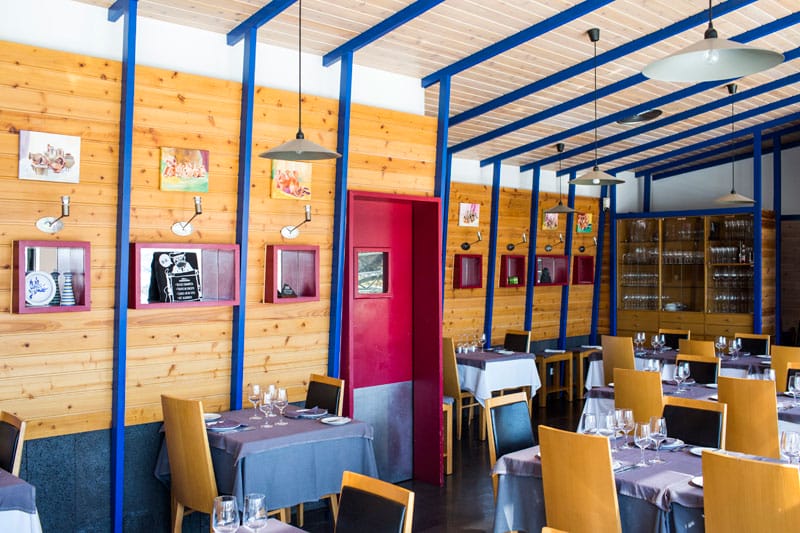
Sundays at the restaurant are special too, as it is cozido das Furnas day. This abundant stew is worth trying here, but the preparation of the Azorean version is impossible to reproduce in Lisbon: right next to sulfurous calderas and hot volcanic springs, huge pots full of meat and vegetables are lowered underground and buried in a site just across from the huge Furnas lagoon on São Miguel.
Six hours later, you’ll understand why a cozido from the mainland might pale in comparison.
 July 8, 2021 Cervejaria Ramiro
July 8, 2021 Cervejaria Ramiro
Cervejaria Ramiro is the undisputed temple of seafood in central Lisbon. The […] Posted in Lisbon August 7, 2019 Taberna Albricoque
August 7, 2019 Taberna Albricoque
The Algarve, one of the most visited regions in Portugal, also has some of the country’s […] Posted in Lisbon February 25, 2019 Panorama
February 25, 2019 Panorama
Piraeus has long been a city on the go: ever since antiquity, it has served as the main […] Posted in Athens
Published on February 27, 2017
Related stories
July 8, 2021
LisbonCervejaria Ramiro is the undisputed temple of seafood in central Lisbon. The more-than-50-year-old business represents an old-school type of eatery: a beer hall where the seafood is fresh and cheap, with a choice from the daily menu or directly from the large aquariums that look out to the street. Taking up two floors of a…
August 7, 2019
LisbonThe Algarve, one of the most visited regions in Portugal, also has some of the country’s most distinctive and delicious cooking. Integrating layers of different historical influences, from the Romans to the Moors, along with fishing traditions and countryside rusticity powered by its fertile land, the Algarve has made a deep impression on Portugal. But…
February 25, 2019
AthensPiraeus has long been a city on the go: ever since antiquity, it has served as the main port of Athens. During the late 19th and early 20th centuries, the city was an important industrial center as well, and today it remains one of the most significant ports in the Mediterranean, connecting Europe with commercial…







































